When you pick up a prescription for cholesterol medication or an antibiotic, you might see two options: the name-brand version with a flashy label, or a plain white pill with the drug’s chemical name. The price difference? Often more than 80%. But why? The answer isn’t about quality, effectiveness, or safety. It’s about manufacturing cost.
How Generic Drugs Cut Costs Before They Even Start
Branded drugs aren’t just expensive because they’re ‘better.’ They’re expensive because they had to pay for a decade-long research project that cost billions. Developing a new drug takes 10 to 15 years and an average of $2.6 billion, according to the Tufts Center for the Study of Drug Development. That money pays for lab tests, clinical trials on thousands of patients, regulatory filings, and failed attempts. Most drugs never make it to market, and those costs get baked into the price of the ones that do. Generic manufacturers don’t do any of that. Once a brand-name drug’s patent expires, anyone can copy it. All they need to prove is that their version works the same way in the body - a test called bioequivalence. That’s it. No new clinical trials. No massive safety studies. Just a few hundred volunteers and a few million dollars in paperwork. The FDA confirms that the average cost to get a generic approved is just $2 to $5 million - less than 0.2% of what it costs to launch a new drug.Production: Volume Is Everything
Once the approval is in hand, the real cost savings kick in during production. Generic drug makers don’t make one or two versions of a drug. They make thousands of batches of the same thing, over and over. That’s where economies of scale turn pennies into profits. For every time a generic manufacturer doubles its production volume, the cost per pill drops by about 18%. When they focus on a single form - say, 10mg tablets of lisinopril - and ramp up that one product to billions of units, unit costs can plunge by 45%. Compare that to branded drugs, which often make dozens of variations: 5mg, 10mg, extended-release, chewable, with different fillers. Each variation needs separate equipment setup, testing, and inventory tracking. Generics avoid all that complexity. A 2019 analysis by the Boston Consulting Group found that generic manufacturers spend only about 30% of their cost of goods sold on actual manufacturing. The rest? Just 4% on supply chain logistics and 3-5% on compliance and quality checks. That’s the opposite of branded drugs, where R&D and marketing eat up most of the budget.The Hidden Cost Breakdown: What You’re Actually Paying For
Let’s break down what goes into a single generic pill:- Active Pharmaceutical Ingredient (API): This is the actual medicine - the molecule that treats your condition. It’s the biggest cost, making up 40-60% of the total. But here’s the catch: APIs are often made in bulk by specialized suppliers, sometimes in India or China. When multiple generic makers buy the same API, they drive prices down through competition.
- Excipients: These are the fillers, binders, and coatings. Things like lactose, starch, or cellulose. They’re cheap, standardized, and bought in massive quantities. No need to invent new ones.
- Quality assurance: Generics must meet the same FDA standards as branded drugs. But since the manufacturing process is well-established, inspections are faster and less intensive. No need to validate a brand-new synthesis route.
- Packaging: Simple blister packs or bottles. No fancy branding, no TV ads, no patient support programs. Just functional, low-cost materials.
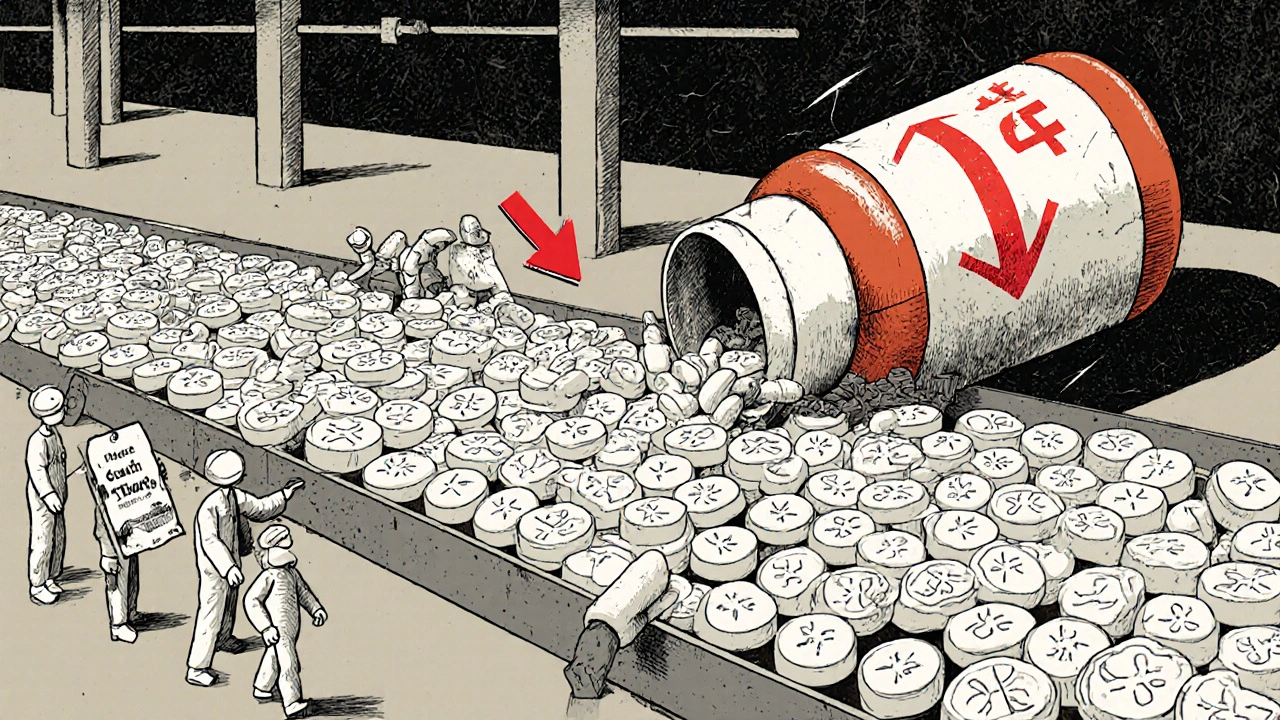
Competition Drives Prices to the Floor
The moment a drug goes generic, the race is on. The first company to launch gets a small head start. But within months, others follow. By the time six or more companies are making the same drug, prices can drop by more than 95% compared to the original brand. The FDA studied 1,200 drug products and found that when only two generic makers are competing, prices are already 54% lower than the brand. With five or more, they’re often 80-90% lower. That’s not because generics are poorly made - it’s because the market is flooded. There’s no brand loyalty. Pharmacies and insurers shop for the cheapest option. Manufacturers compete on price alone.Why Generics Don’t Make Much Money - But Save Billions
Here’s the paradox: generics make up 90% of all prescriptions filled in the U.S. But they account for only about 16% of total drug spending. That means Americans are taking 9 out of 10 pills that cost pennies, while spending most of their money on the 1 in 10 that are branded. For example, the branded version of the allergy drug cetirizine (Zyrtec) might cost $70 for a 30-day supply. The generic? $4. That’s a 94% drop. Same active ingredient. Same effectiveness. Same FDA approval. Just no marketing budget. No patent protection. No R&D debt to repay. The Association for Accessible Medicines estimates that in 2023 alone, generic drugs saved the U.S. healthcare system $370 billion. Over the next five years, that number will hit $1.7 trillion. That’s not a guess - it’s calculated from real prescription data and price tracking.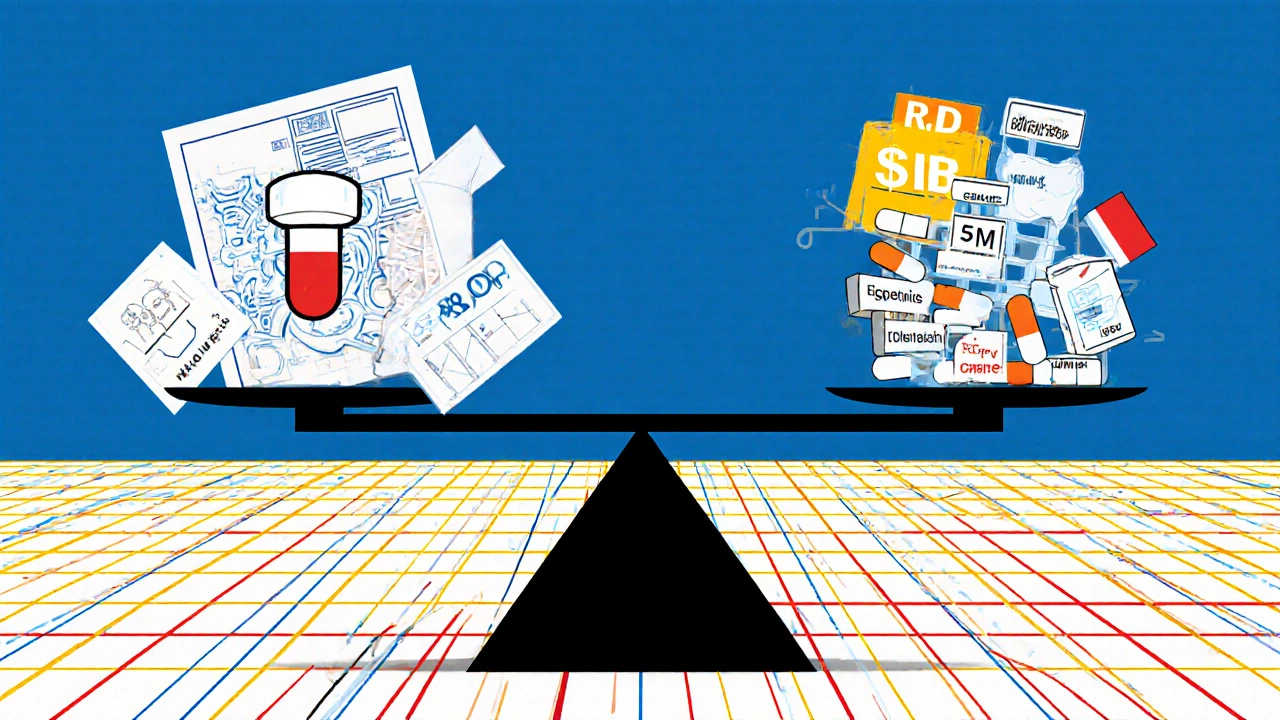
Where Generics Struggle - and Why
Not all drugs are easy to copy. Complex products like inhalers, injectables, or topical creams require advanced manufacturing tech, precise control over particle size, or sterile environments. These are called ‘complex generics.’ They’re harder to make, harder to test, and harder to get approved. That’s why you might still pay more for a generic inhaler than a simple pill. Also, when one company controls the only source of a critical API - say, a chemical only made in one factory in India - prices can spike if there’s a flood, a strike, or a regulatory shutdown. That’s what led to 350 drug shortages in 2022, according to Harvard Medical School’s Dr. Aaron Kesselheim. The pressure to cut costs can sometimes weaken supply chain resilience.The Future: Automation, Regulation, and Global Shifts
The FDA’s new GDUFA III program, launched in 2023, is speeding up generic approvals. By increasing fees and adding staff, they aim to cut approval times from 40 months to 24. That means more generics hit the market faster - and prices fall even quicker. Automation is the next big leap. Continuous manufacturing - where pills are made in one unbroken line, not in batches - is being adopted by top generic makers. By 2027, this tech could cut production costs by another 20-25%, according to the Association for Accessible Medicines. But there’s a catch. Most APIs still come from Asia. Geopolitical risks are pushing some manufacturers to diversify into Eastern Europe or Mexico. That might raise costs by 5-8% in the short term. But long-term, it could make supply chains more stable.What This Means for You
If you’re paying full price for a brand-name drug, ask your pharmacist: is there a generic? In almost every case, the answer is yes. And it’s not a compromise. It’s the exact same medicine, just without the marketing overhead. The system works because competition, scale, and smart regulation keep prices low. Generics aren’t cheap because they’re low quality. They’re cheap because they don’t carry the burden of inventing something new. They’re built on decades of science - and that’s why they’re so affordable.Are generic drugs as effective as brand-name drugs?
Yes. The FDA requires generic drugs to have the same active ingredient, strength, dosage form, and route of administration as the brand-name version. They must also prove they’re bioequivalent - meaning they work the same way in your body. Thousands of studies confirm that generics perform just as well as branded drugs.
Why do generic pills look different from brand-name pills?
By law, generics can’t look identical to the brand-name version - that would infringe on trademarks. So they use different colors, shapes, or markings. But the medicine inside is the same. The differences are only cosmetic.
Do generic drugs have more side effects?
No. The FDA monitors side effects for both branded and generic drugs equally. Any differences in side effects are usually due to inactive ingredients - like fillers or dyes - not the active medicine. If you have allergies or sensitivities, talk to your doctor or pharmacist about the specific ingredients.
Why are some generic drugs more expensive than others?
Price differences between generics usually come down to supply and demand. If only one or two companies make a drug, prices stay higher. Once more manufacturers enter the market, prices drop. Also, complex drugs like injectables or inhalers cost more to produce, so their generics are pricier than simple pills.
Can I trust generics from other countries?
If you’re buying from a U.S. pharmacy, the generic you get is FDA-approved, no matter where it’s made. Many top generic makers in India and China meet the same standards as U.S. plants. The FDA inspects foreign factories just like domestic ones. But buying from unregulated online sellers outside the U.S. is risky - those products aren’t checked.

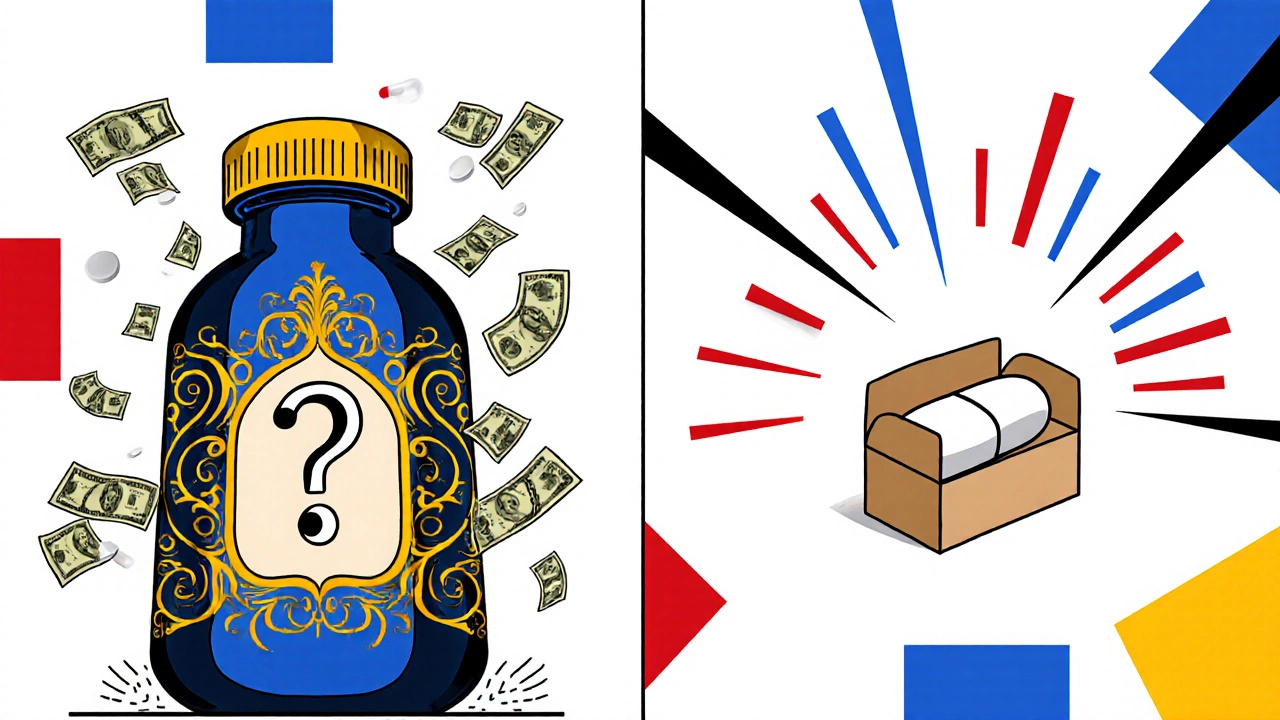
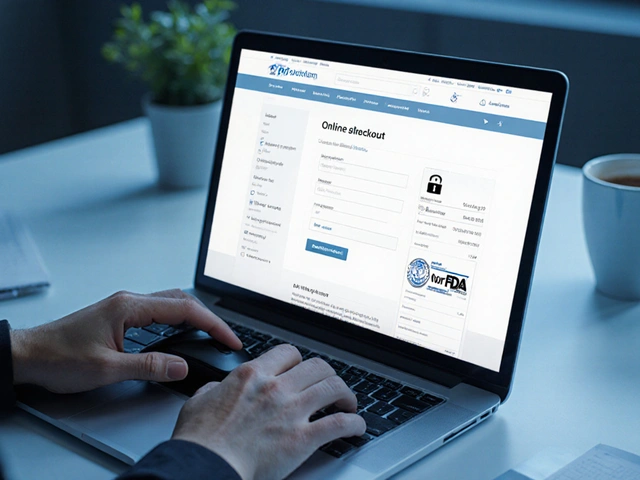
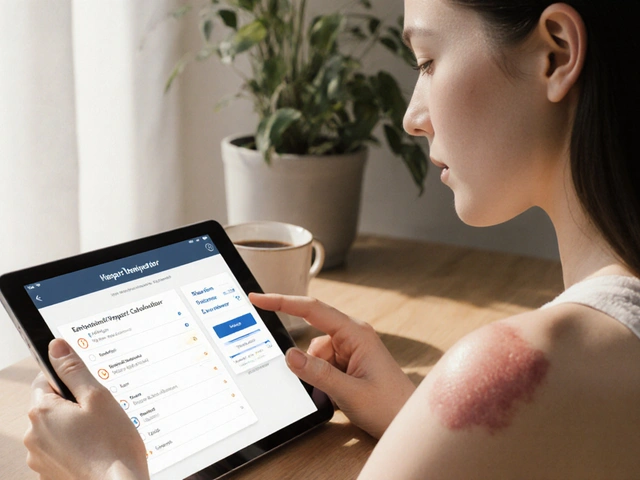


Matthew McCraney
November 20, 2025 AT 09:34serge jane
November 21, 2025 AT 19:58swatantra kumar
November 23, 2025 AT 05:08Cinkoon Marketing
November 24, 2025 AT 16:45robert cardy solano
November 24, 2025 AT 22:09Pawan Jamwal
November 26, 2025 AT 03:45Bill Camp
November 26, 2025 AT 15:57